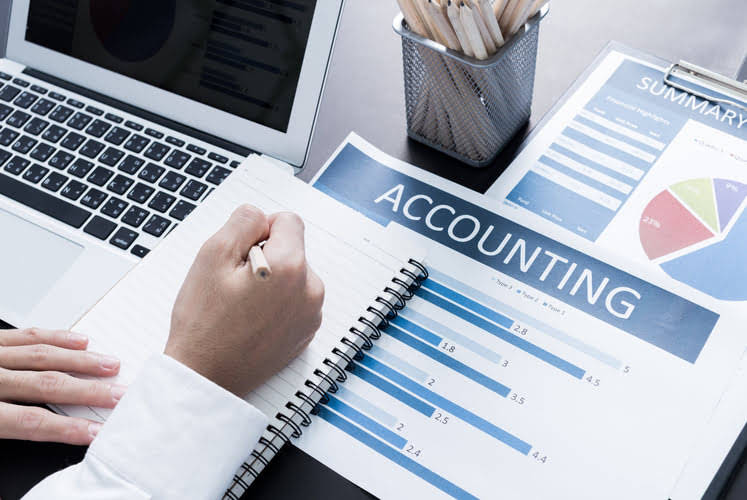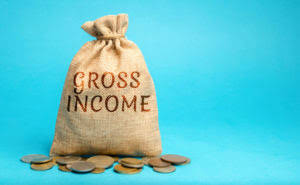
• Key sections include current assets (cash, accounts receivable), non-current assets (property, equipment), current liabilities (short-term debts), long-term liabilities, and shareholders’ equity. The classification of the balance sheet allows stakeholders to understand the financial health of a company, its liquidity, and its ability to meet its obligations. It is an essential tool for investors, creditors, and management to make informed decisions about the company’s financial position and performance. This format is important because it gives end users more information about the company and its operations.

Why Trust Carbon Collective
Investors can use these subcategories in their financial investigation of the business. For example, they can use metrics like the current ratio to survey the organization’s worth by looking at the current assets and liabilities. A classified balance sheet reader can extract the exact information needed without getting overwhelmed or distracted by sophisticated information. To sum up, a classified balance sheet aims to report the company’s assets and liabilities in as detailed a manner as possible. Each of these components provides valuable information about the company’s financial position, and understanding them is key to interpreting a classified balance sheet effectively.
Classifications

A classified balance sheet has liability, asset, and equity sections in subcategories for ease in usability. All in all, it segregates Partnership Accounting every one of the balance sheet accounts into simpler subgroups to make a more valuable and significant report. The board can decide on what kinds of subcategories to use, yet the most recognized happen to be long-term and current. A balance sheet outlines a business’s assets, liabilities, and shareholder equity. This makes it easier for stakeholders to understand a business’s financial standing.
- It is one step ahead of the balance sheet, which is nothing but a way of representing the valuation of the assets and liabilities.
- A classified balance sheet splits assets into various classes of assets, like fixed assets, current assets, properties, investments, long-term assets, and intangible assets.
- Hence, on the classified balance sheet, dividends would be reflected as a reduction in the stockholder’s equity section, specifically in retained earnings account.
- Current liabilities include all debts that will become due in the current period.
- The data reported in the balance sheet is used by different users in different ways.
Further Reading
A classified balance sheet format provides a crisp and crystal clear view to the reader. Although balance sheets are prepared they are read by normal investors who might not have an accounting background. The different subcategories help an investor understand the what is a classified balance sheet importance of a particular entry in the balance sheet and why it has been placed there. It also helps investors in their financial analysis and makes suitable decisions for their investments. Current liabilities like current assets are assumed to have a life of the current fiscal year or the current operating cycle. They are mainly short debt expected to be paid back using current assets or by forming a new current liability.
As a result, it provides even more financial information about your business. The details provided in a classified balance sheet can also make it easier for owners, investors, and creditors to calculate key financial ratios. For example, you can use a classified balance sheet (but not a balance sheet) to calculate the current ratio, bookkeeping which compares current assets to current liabilities to assess a company’s solvency. By presenting a clear distinction between current and non-current liabilities, the classified balance sheet provides insights into the company’s long-term financial obligations. This information is crucial for investors and creditors to assess the organization’s financial flexibility and its capacity to manage long-term debt.
- A fundamental attribute of fixed assets is that they are accounted for at their book value and regularly get depreciated with time.
- A classified balance sheet has liability, asset, and equity sections in subcategories for ease in usability.
- Balance sheet liabilities, like assets, have been arranged into Current Liabilities and Long-Term Liabilities.
- The important part is that these need to be settled fast and not be kept pending for later installments.
- A classified balance sheet is a financial statement that reports the assets, liabilities, and equity of a company.
- This structured approach enhances the clarity and comprehensiveness of financial statements, making it easier for stakeholders to analyze the company’s financial position.
- The two most common categories that are used in a classified balance sheet are current and long-term.

There are no set criteria on how many sub-categories can be created and it will ultimately depend on what level of detail is required by the management. The two most common categories that are used in a classified balance sheet are current and long-term. Current liabilities are any debts that become due in the next year or accounting period. Non-current or long-term liabilities, on the other hand, become due in more than one year.

Long-Term Investments
The biggest is that a classified balance sheet breaks down assets and liabilities into multiple subcategories. This can provide more insight into your ability to generate cash and sustain business operations. It can also help you make smart financial decisions, such as whether your business may need additional working capital from outside sources.
Shareholder’s Equity or Owner’s Equity:

It is possible to draw similar conclusions from any of the mentioned subcategories. Financial management and reporting form the backbone of any successful business, providing insights into the financial health and stability of the organization. These are most often used for internal reporting purposes, or by small companies with simpler balance sheets and fewer assets and liabilities to report. The classified balance sheet is the most detailed among all types of balance sheets. When a detailed balance sheet with up-to-date information about the business’s financial position is published, it increases the trust of investors and creditors. The creditors and investors have all the required information to decide about investment or issuing loans.
Keep in mind, though, that a portion of these long-term debts will be due in the next 12 months. Here’s a look at some of the classifications businesses commonly put on their classified balance sheets. Contrastingly, if you want a quick snapshot of your business’s performance, an unclassified balance sheet could be more easily digestible.

